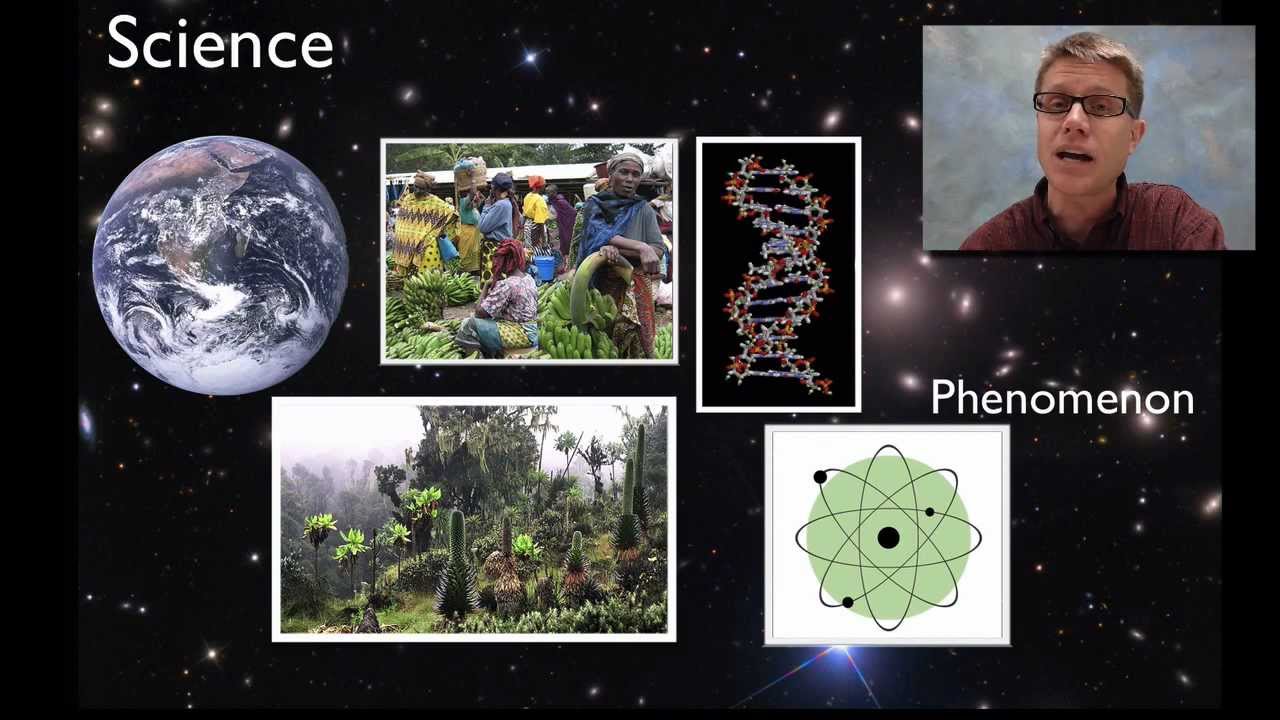ETS1.A: Defining Engineering Problems
In this video Paul Andersen explains the first step in the design process, defining and delimiting the engineering problem. Design requires a clear definition of the problem and this is done by addressing both the constraints and criteria of each solution. This will become increasingly important as future problems require complex solutions. A K-12 teaching progression is also included.
ESS3.B: Natural Hazards
In this video Paul Andersen explains how natural disasters (like earthquakes, tsunamis, volcanoes and flooding) have affected and will continue to affect humans on the planet. Many of the natural hazards (like volcanoes and storms) can be studies directly and some (like earthquakes) can be predicted. Natural hazards will never go away but the damage can be limited. A K-12 teaching progression is also included.
CCC2: Cause and Effect
In this video Paul Andersen explains cause and effect its importance in science and engineering. He starts by addressing the chain of interactions that must be present to show cause and effect. He addresses the assumptions of universality and scale in determining cause and effect. He finished the video with a progression of instruction from K-12.
SEP8: Obtaining, Evaluating and Communicating Information
Scientists and Engineers spend over half of their working day reading, evaluating and producing text. Therefore it is important that we produce students that have a high level of scientific literacy. Students normally struggle with scientific reading due to the high level of jargon and multiple modes of presentation (i.e. graphs, images, data). We can help our students become more scientifically literate by having them consume and produce scientific text from K to 12. Several strategies for teaching this progression (e.g. adapted primary literature and mini-posters) are included.
SEP1: Asking Questions and Defining Problems
Paul Andersen explains how asking questions is the first step in both science and engineering. Questions allow scientists to direct inquiry with a goal of understanding the phenomena in the Universe. Questions allow engineers to define problems that require solutions.





